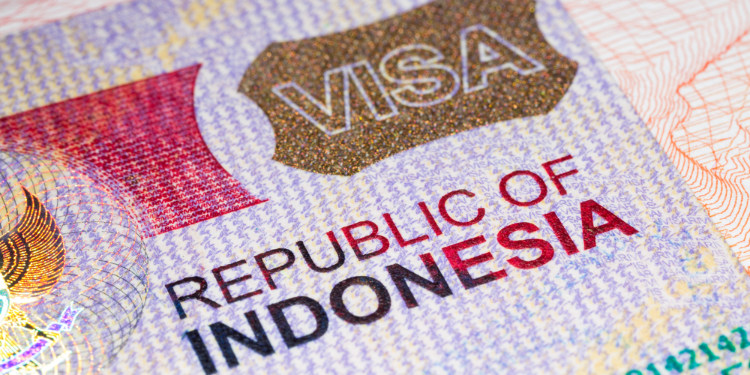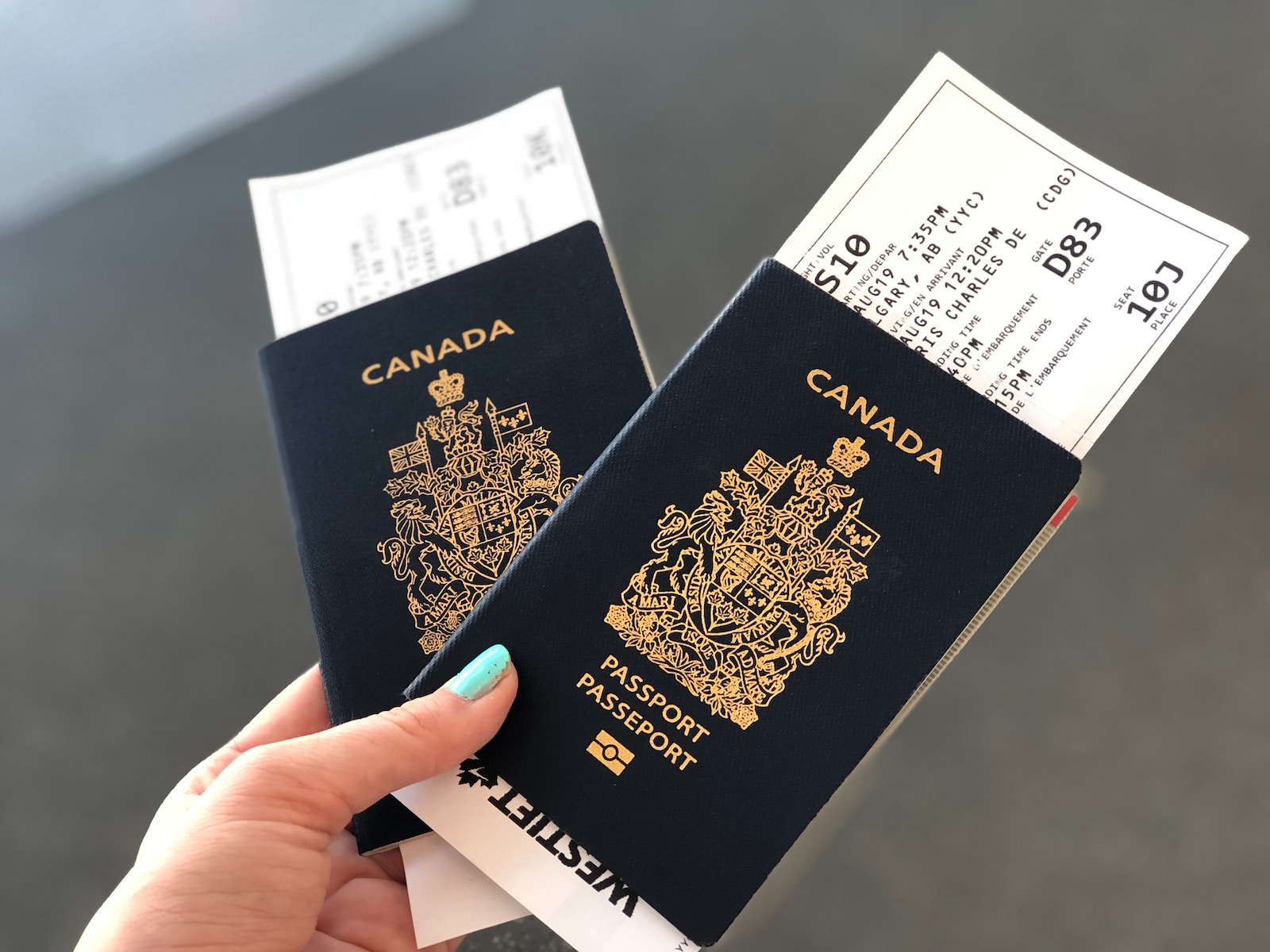Family Immigration
If you wish to enter the United States and reside there indefinitely, you will require an immigrant visa. This is true regardless of whether or not you intend to work.
Family Based Immigration
A foreign citizen seeking to live permanently in the United States requires an immigrant visa (IV). To be eligible to apply for an IV, a foreign citizen must be sponsored by an immediate relative who is at least 21 years of age and is either a U.S. citizen or U.S. Lawful Permanent Resident (that is, a green-card holder).
There are two types of family-based immigrant visas:
Immediate Relative – these visas are based on a close family relationship with a U.S. citizen, such as a spouse, child or parent. The number of immigrants in these categories is not limited each fiscal year.
Family Preference – these visas are for specific, more distant, family relationships with a U.S. citizen and some specified relationships with a Lawful Permanent Resident (LPR). The number of immigrants in these categories is limited each fiscal year.
Keep in mind that U.S. citizens can file an immigrant visa petition for their:
• Spouse
• Son or daughter
• Parent
• Brother or sister
U.S. Lawful Permanent Residents can only file an immigrant visa petition for their:
• Spouse
• Unmarried son or daughter
What You Need to Know About Family-Based Immigration
The Immigration and Nationality Act (INA) is U.S. law that sets a limit on the number of family-based immigrant visas that the government may issue to foreign nationals each year. The U.S. Department of State (DOS) is tasked with allocating these immigrant visas, and U.S. Citizenship and Immigration Services (USCIS) plays a major role in determining eligibility for immigrant visas.
This overview helps give you a general understanding of how family-based immigration works in the United States and how you may be able to help a foreign family member obtain permanent residence (green card). Permanent resident status provides a family member with the privilege of living and working in the United States permanently. A person with an immigrant visa or someone who has a green card were both granted permanent resident status. It’s the same thing with different names.
Petitioners and Beneficiaries
Who is the petitioner and who is the beneficiary?
Family-based immigration requires the participation of at least two family members, a petitioner and a beneficiary. The petitioner must be a U.S. citizen or lawful permanent resident that wants to sponsor a foreign relative for a green card. The beneficiary is the foreign relative that wants to obtain a green card and reside in the United States. In certain categories, the beneficiary may have a spouse and children that qualify as derivative beneficiaries.
Immediate Relative and Family Preference Categories
Which relatives can I petition?
All family-based immigrants fall into one of two major categories, immediate relative or family preference. Spouses, parents, and the unmarried children (under age 21) of U.S. citizens are classified as immediate relatives. There are an unlimited number of immigrant visas available each year for immediate relatives of U.S. citizens. All other qualified relationships are considered family preference categories. The number of family preference immigrant visas is limited. That’s because immigration law puts a numerical cap on the number of green cards that can be issued to family preference categories each year. As a result, there’s a backlog and long wait for many of the family preference categories.
Green Card Application Process
How do we get started with family-based immigration?
The family-based immigration process generally begins with the petitioner (U.S. citizen or lawful permanent resident) making a request to the U.S. government to allow a foreign relative to immigrate. The petitioner files Form I-130, Petition for Alien Relative, with USCIS. The I-130 petition establishes the existence of a qualifying family relationship (within the immediate relative or family preference categories).
Once USCIS approves the I-130 petition and a visa number is available, the foreign family member may apply for a green card. There are two basic paths to apply for the green card: consular processing and adjustment of status. Consular processing is a means for applying for an immigrant visa (green card) through the U.S. embassy or consulate in a country outside the United States. Consular processing is the most common path to obtain a green card. In some cases, an immigrant that is already inside the United States in a nonimmigrant status (e.g. F-1 student, B-2 visitor, H-1B worker, etc.) may be able to adjust status to permanent resident. Adjustment of status is the process of changing immigration status to permanent residence (green card holder). Adjustment of status is only available to a small group of applicants. Applicants eligible for adjustment status can sometimes file Form I-130 concurrently with the adjustment application.
Priority Dates and the Visa Bulletin
How long do family preference immigrants have to wait?
When the demand for family preference immigrant visas exceeds the number of visas available (which is most of the time), a backlog forms. There is a waiting list because too many people want to get a green card. In this situation, a person’s place in line is determined with a priority date. The priority date is the date that USCIS accepts the I-130 petition for processing. In family-based immigration, the priority date is only relevant to family preference visa petitions. Remember, there is an unlimited number of visas available to immediate relatives.
The U.S. Department of State publishes a monthly visa bulletin that family preference immigrants and their petitioners can review to see when they’ve reached the front of the line. Some categories may take a few months while other categories can take several years. When your priority date reaches the front of the line, your priority date has “become current.” An immigrant visa is available to you.
Family preference beneficiaries may assume that an I-130 approval means a visa is available. However, the priority date must also be current. Once USCIS approves the I-130 petition and the priority date is current, the foreign family member may apply for a green card.
Form I-130, Petition for Alien Relative
Use Form I-130 (Petition for Alien Relative) to start the immigration process for a family member. Each year, USCIS rejects or denies thousands of I-130 petitions. Rejections and denials delay the process and can cost you money. Therefore, it’s important to get it right.
How to Start Application
Start by clicking here to take the immigration assessment











